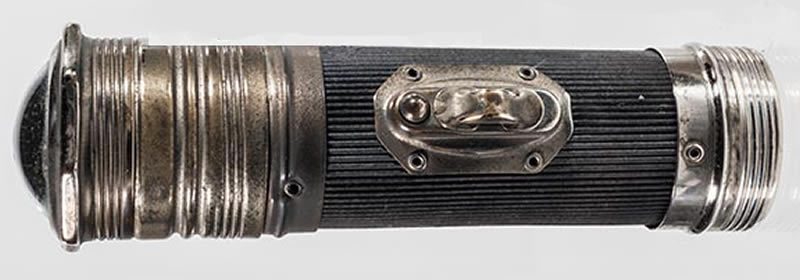
Antique 1929 Yale 2 x D-Cell. Sorry my post was not clear. Let me try to explain further.
I am not expecting to find anything “ready to use.” I am looking for a source of parts than can be used together and/or modified to make something of the appropriate size that will fit.
I believe I can make a “standard” 1 x XML Pill fit, because it is relatively small. But, I was hoping for perhaps 3 x XML, so I was hoping to see whether or not such a thing exists as DIY parts. If diameter is fairly close to 40mm, I may be able to “trim it” (grind it?) to fit.
If necessary, I am willing to buy Emitter “chip” (board?) and Driver board separately, with no pill or reflector at all. In such a case, I would have to make my own “pill” from scratch to hold it all in the correct position and provide heat sinking.
If possible, I want to “over drive” the XML Cree Emitter(s) to unusually high voltage such as 7.4v or 6v or 5v… What ever is able to achieve maximum output. In that case, I would want a Driver board that delivers such voltage.
My problem is I have no idea what kind of parts are available out there, and I am hoping to receive some pointers on where on the internet I should start looking. (Which shops)